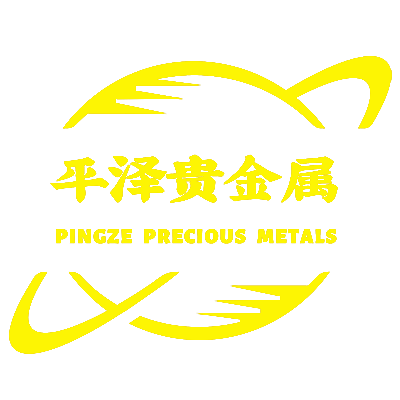In the context of the increasing tension of precious metal resources in the world, iridium alloy as a precious material has irreplaceable applications in many high-tech fields. The recovery and reuse of iridium alloys is not only important for the sustainable use of resources, but also plays a positive role in environmental protection. This article will introduce the types of iridium alloy and its recovery process in detail through a specific recycling case.
Types of iridium alloys
Because of its excellent corrosion resistance and high temperature stability, iridium alloy is widely used in aerospace, industrial manufacturing, medical equipment and other fields. Common iridium alloys include iridium platinum alloy, iridium rhodium alloy and so on. These alloys not only retain the properties of iridium, but also have new physical and chemical properties due to the addition of other metals, making them even better for specific applications.

Recovery process
Time and place
In the summer of 2022, the Pyeongtaek Precious Metal Recycling Company received a special assignment. The site of the mission is a large chemical plant in Germany, which has a large amount of iridium platinum alloy waste that needs to be disposed of due to the updating of the production line.
Recovery process
On-site evaluation: Pyeongtaek's team of experts first conducted a comprehensive evaluation of the iridium alloy scrap at the site, including composition analysis of the alloy, weight estimation, and possible recovery value.
Sorting and separation: Using specialized equipment, the team conducted precise sorting and separation of the iridium alloy waste, ensuring that different types of alloys can be treated separately to improve recycling efficiency.
Chemical treatment: Specialized chemical solvents and methods are used to extract iridium and other precious metals from the waste, a process that requires extreme precision and safety measures.
Purification and weight confirmation: After several processes of purification and purification, the iridium alloy with a purity of up to 99.95% was successfully recovered from 500 kg of waste, with a total weight of about 5 kg.

Total recovery price
Based on the market conditions at the time, the total value of the recovered 5 kilograms of high-purity iridium alloy was a staggering $1.5 million. This successful case not only brought considerable economic benefits to customers, but also demonstrated Pyeongtaek's high technology and expertise in the field of precious metal recycling.

Iridium alloy recovery process
The recovery process of iridium alloys involves several steps, including preliminary physical classification, chemical dissolution and separation, and metal purification. Each step requires strict control of conditions to ensure that the extracted iridium alloy is of high purity and high quality. Pyeongtaek Precious Metals Recycling Company with its advanced technology and equipment, can efficiently and environmentally friendly to complete the entire recycling process, to provide customers with one-stop precious metals recycling services.
"To transform waste resources into precious wealth, Pyeongtaek Precious Metal Recycling Company is committed to providing professional, efficient and environmentally friendly precious metal recycling solutions. Our technology brings every precious metal back to life, creating greater value for your business and contributing to a greener future for the planet.


Comments